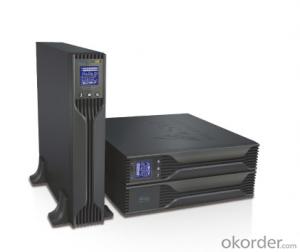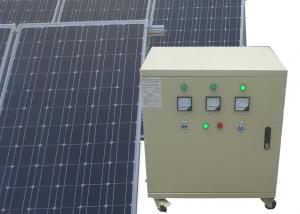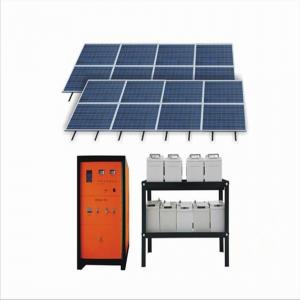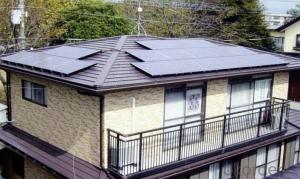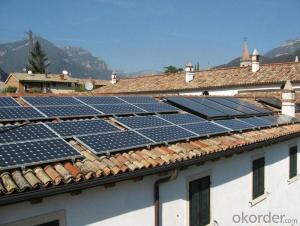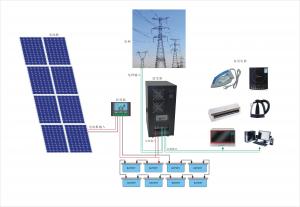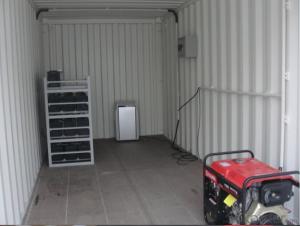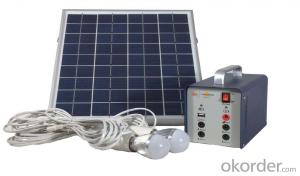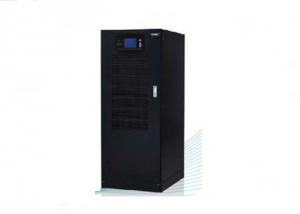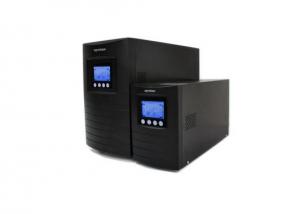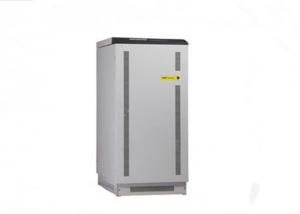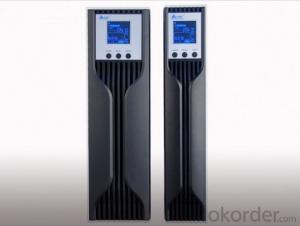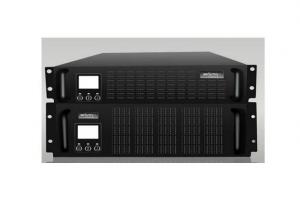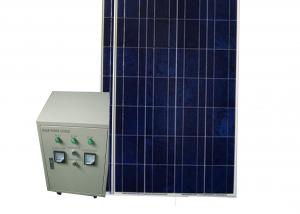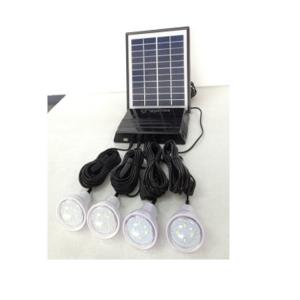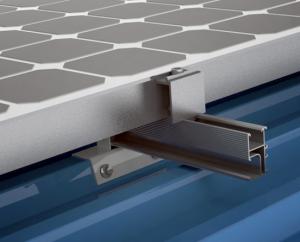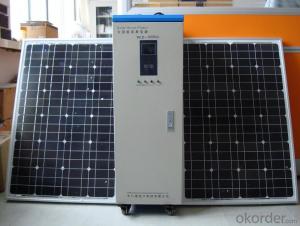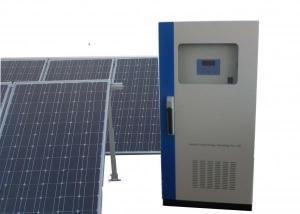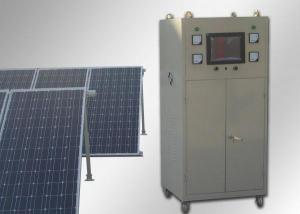Solar Energy Systems Brooklyn NY:True Double-Conversion Online UPS 2kVA at Low Prices
- Loading Port:
- China main port
- Payment Terms:
- TT OR LC
- Min Order Qty:
- 20 carton
- Supply Capability:
- 10000 carton/month
OKorder Service Pledge
Quality Product, Order Online Tracking, Timely Delivery
OKorder Financial Service
Credit Rating, Credit Services, Credit Purchasing
You Might Also Like
Low price of true double-conversion online ups 2kva

| Model | RT-1KS | RT-1KL | RT-2KS | RT-2KL | RT-3KS | RT-3KL |
| Rated power | 1KVA | 2KVA | 3KVA | |||
| Display | LED or LCD, depends on user's choice | |||||
| INPUT | ||||||
| Voltage | 110V:80~138VAC/220V:115~300VAC | |||||
| Frequency | 110V:46~54Hz or 56~64Hz/220V:40~60Hz/Adjustable by software | |||||
| OUTPUT | ||||||
| Voltage | 110V:110±2%VAC/220V:220±2%VAC | |||||
| Frequency | 110V:46~64Hz/220V:46~54Hz/Same as AC(AC mode) | |||||
| 110V: 50 or 60±0.2Hz/220V:50±0.2Hz(Batt. mode) | ||||||
| Wave form | Sine wave | |||||
| BATTERY | ||||||
| QTY. & capacity of battery | 12V/7.5AH*3pcs | ————— | 2V/7.5AH*8pcs | ————— | 12V/7.5AH*8pcs | ————— |
| Nominal DC input voltage | ————— | 36VDC | ————— | 96VDC | ————— | 96VDC |
| Transfer time | 0 ms | |||||
| Overload capability | 110%~150% for 30% seconds then transfer to bypass output, 150% above for 300 milliseconds. | |||||
| ENVIRONMENT | ||||||
| Environment of performance | Temperature 0℃~40℃, Humidity 20%~90% | |||||
| PHYSITAL | ||||||
| (kg) / Net weight (kg) | 110V:19 220V:16.3 | 110V:11.8 220V:9.1 | 38.1kg(10.3kg for US+27.8kg for battery pack) | 110V:14.2 220V:11.5 | 39kg(11.2kg for US+27.8kg for battery pack) | 110V:15 220V:12.3 |
| (mm) / Unit dimention (mm) | 441*445*88 | 441*445*88(*2 sets, there into 1 set for battery pack) | 441*445*88 | 441*445*88(*2 sets, there into 1 set for battery pack) | 441*445*88 | |
| MANAGEMENT | ||||||
| Interface | 110V:USB+RS232 220V:RJ45/11+RS232, Intelling slot selectable. | |||||

Features
1. Pure sine wave output
2. MCU dual-core controlled
3. G-sensor autorotation LCD display
4. Extensible battery pack
5. Powerful charging function(Self settable)
Field of application
Applicable to household PC, office equipment in enterprise and institution, small communication switchboard and server, LAN device, commercial POS machine, small workstation and its peripheral equipment,banking terminal, ATM system and so on.
- Q: How does shading affect the performance of a solar energy system?
- Shading can significantly impact the performance of a solar energy system. When a solar panel is partially or fully shaded, it reduces the amount of sunlight reaching the panel's surface, resulting in a decrease in electricity production. Shading on even a small portion of a solar panel can disrupt the entire system's output, as solar panels are typically connected in series, meaning the performance of one panel affects the performance of others. To minimize shading, proper site selection, panel placement, and regular maintenance are crucial.
- Q: Can solar energy systems be used in powering movie theaters or entertainment venues?
- Certainly, movie theaters and entertainment venues can absolutely utilize solar energy systems to provide power. The operation of these venues requires a substantial amount of electricity for their lighting, sound systems, projectors, and other equipment. Solar energy systems have the ability to generate clean and renewable electricity by harnessing the sun's power. By installing solar panels on the roofs or in the surrounding areas of these venues, they can generate a significant amount of electricity to fulfill their energy requirements. Not only can solar energy systems be designed to supply power for the basic infrastructure of movie theaters or entertainment venues, but they can also support additional energy-intensive features such as HVAC systems, concession stands, and even electric vehicle charging stations. By utilizing solar energy, these venues can greatly reduce their dependence on grid electricity, decrease operational expenses, and contribute to a more sustainable and environmentally friendly future. Besides the practical advantages, the installation of solar energy systems in movie theaters or entertainment venues can also serve as a demonstration of environmental responsibility and attract environmentally conscious audiences. Many individuals are becoming increasingly aware of the significance of renewable energy, and by showcasing their commitment to sustainability, these venues can enhance their brand image and appeal to a wider customer base. In conclusion, the utilization of solar energy systems to power movie theaters or entertainment venues is not only technically viable but also financially and environmentally beneficial. By harnessing the sun's power, these venues can diminish their carbon footprint, save on energy costs, and contribute to a greener future for the entertainment industry.
- Q: Can solar energy systems be used in powering community centers or social organizations?
- Yes, solar energy systems can certainly be used to power community centers or social organizations. Solar panels can be installed on the rooftops of these buildings to harness sunlight and convert it into electricity. This renewable energy source can help reduce electricity costs and dependence on traditional energy sources, making it an environmentally friendly and sustainable option for powering community centers and social organizations. Additionally, solar energy systems can also contribute to raising awareness about renewable energy and inspire others in the community to adopt clean energy practices.
- Q: Can solar panels be used to power agricultural irrigation systems?
- Yes, solar panels can be used to power agricultural irrigation systems. Solar panels can generate electricity that can then be used to power pumps, motors, or other equipment needed for irrigation systems. This helps reduce reliance on traditional energy sources and can make irrigation more sustainable and cost-effective for farmers.
- Q: What are the components of the solar photovoltaic system?
- EVA: a high quality EVA film with a thickness of 0.78mm, which is made of UV resistant agent, antioxidant and curing agent, is used as a sealing agent for solar cells and a bonding agent between glass and TPT. High light transmittance and aging resistance.
- Q: Can solar energy systems be used in developing countries?
- Yes, solar energy systems can be used in developing countries. In fact, solar energy has great potential in these regions due to its accessibility, abundance, and ability to provide clean and sustainable power. Solar energy systems can help address energy poverty, reduce reliance on fossil fuels, improve access to electricity in remote areas, and promote economic development and social empowerment in developing countries.
- Q: Are there any limitations to installing a solar energy system in a homeowner's association?
- Yes, there can be limitations to installing a solar energy system in a homeowner's association (HOA). While many HOAs have embraced renewable energy and have adopted guidelines to facilitate solar installations, some may have restrictions or limitations in place. One limitation is that the HOA may have specific aesthetic guidelines or architectural standards that must be adhered to. This means that the solar panels may need to be installed in a way that aligns with the overall design and appearance of the community. In some cases, this could mean limitations on the size, location, or visibility of the panels. Another limitation is the potential impact on property values. While solar energy systems are generally seen as a desirable feature, there could be concerns among some homeowners about the impact on property values. In some cases, the HOA may require an approval process, including a review by a committee or board, before allowing installation. Additionally, there may be limitations related to the structural integrity of the property. Solar panels can be heavy, and certain roofs or structures may not be able to accommodate the added weight. The HOA may require a structural assessment or engineering report to ensure that the installation will not compromise the integrity of the building. Lastly, there may be limitations related to legal and regulatory requirements. Depending on the jurisdiction, there may be specific permits, licenses, or agreements required for solar installations. The HOA may need to ensure that all necessary documentation and approvals are obtained, which can add time and complexity to the installation process. Overall, while many HOAs are supportive of solar energy systems, it is important for homeowners to review their specific HOA guidelines and engage in open communication with the association to understand any limitations or requirements that may be in place.
- Q: What are the key components of a solar energy system?
- The key components of a solar energy system are solar panels, an inverter, batteries (optional), and a charge controller.
- Q: What is the role of solar energy systems in promoting social equity?
- Solar energy systems play a crucial role in promoting social equity by creating equal opportunities for all individuals, regardless of their socioeconomic status. One of the key benefits of solar energy is its ability to reduce energy costs for households and communities. By installing solar panels, individuals can generate their own clean and renewable energy, thereby reducing their reliance on expensive fossil fuels and traditional energy sources. This reduction in energy costs is particularly significant for low-income households, who often spend a higher percentage of their income on energy bills. Solar energy systems provide them with an opportunity to decrease their energy expenses, freeing up resources to be allocated towards other essential needs such as education, healthcare, or food. By reducing the financial burden of energy costs, solar energy promotes social equity by helping to alleviate poverty and improve the overall quality of life for disadvantaged communities. Furthermore, solar energy systems contribute to the creation of green jobs and economic opportunities. The installation, maintenance, and operation of solar panels require a skilled workforce, offering employment opportunities for individuals in local communities. This can particularly benefit marginalized populations who might face barriers to employment due to limited access to education or discrimination. By providing job opportunities in the renewable energy sector, solar energy systems contribute to reducing income inequality and promoting social mobility. Solar energy also has a positive impact on environmental and public health, which is crucial for promoting social equity. Traditional energy sources, such as coal or natural gas, contribute to air pollution and climate change, disproportionately affecting low-income communities and communities of color. These communities often live in close proximity to power plants or industrial areas, leading to higher rates of respiratory diseases and other health issues. By transitioning to solar energy systems, these communities can benefit from cleaner air and reduced pollution, leading to improved public health outcomes and a more equitable distribution of environmental benefits. Solar energy promotes social equity by addressing environmental injustices and ensuring that all individuals have equal access to clean and healthy environments. In conclusion, solar energy systems play a vital role in promoting social equity by reducing energy costs, creating job opportunities, improving public health, and addressing environmental injustices. By providing equal access to clean and affordable energy, solar power helps level the playing field and ensures that all individuals, regardless of their socioeconomic status, can enjoy the benefits of renewable energy.
- Q: Are there any financing options available for solar energy systems?
- Yes, there are several financing options available for solar energy systems. These options include solar loans, solar leases, power purchase agreements (PPAs), and government incentives such as tax credits and grants. These financing options help make solar energy more accessible and affordable for homeowners and businesses.
Send your message to us
Solar Energy Systems Brooklyn NY:True Double-Conversion Online UPS 2kVA at Low Prices
- Loading Port:
- China main port
- Payment Terms:
- TT OR LC
- Min Order Qty:
- 20 carton
- Supply Capability:
- 10000 carton/month
OKorder Service Pledge
Quality Product, Order Online Tracking, Timely Delivery
OKorder Financial Service
Credit Rating, Credit Services, Credit Purchasing
Similar products
Hot products
Hot Searches
Related keywords
